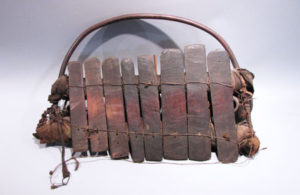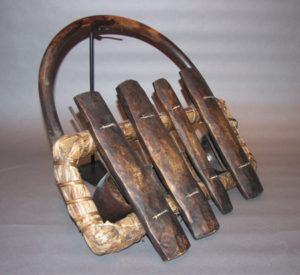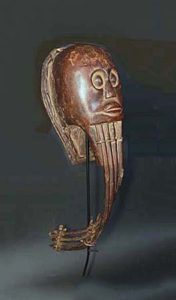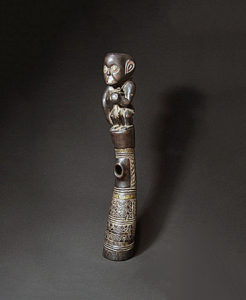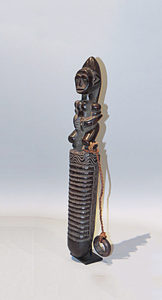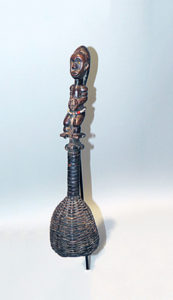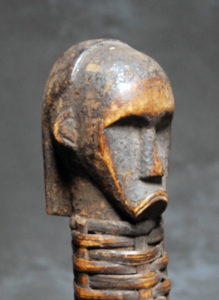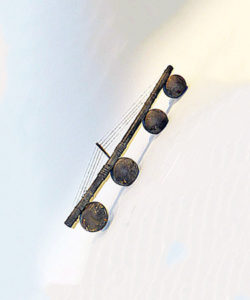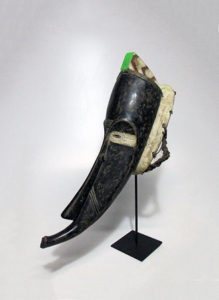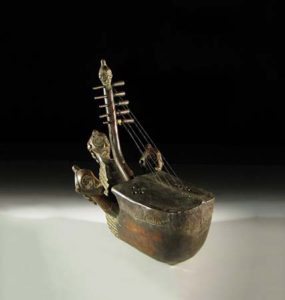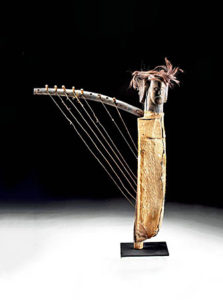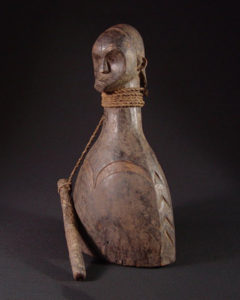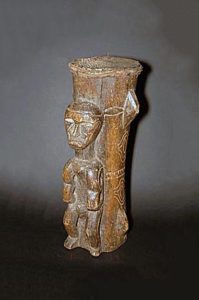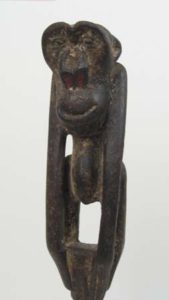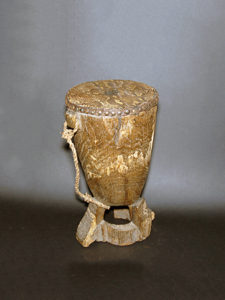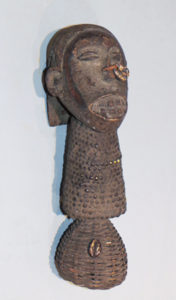Fang
Fang, also spelled Fãn, Bantu-speaking peoples occupying the southernmost districts of Cameroon south of the Sanaga River, mainland Equatorial Guinea, and the forests of the northern half of Gabon south to the Ogooué River estuary. They numbered about 3,320,000 in the late 20th century.
The Fang speak languages of the Bantu subgroup of the Niger-Congo language family. They can be divided into three linguistic groups:
- 1) Beti to the north, the main tribes being the Yaunde, or Éwondo, and Bene
- 2) Bulu, including the Bulu proper, Fong, Zaman, and Yelinda; and
- 3) Fang in the south, including the Fang proper, Ntumu, and Mvae.
According to tradition the Fang migrated into the forest from the savanna plateau on the right bank of the Sanaga River at the beginning of the 19th century. They were fine warriors and hunters and cultivated a reputation for cannibalism to repel outsiders and attacks from others. Under colonial rule they engaged in ivory trading; after World War I, they turned to large-scale cocoa farming.
The Fang kinship system is strongly patrilineal, with large, patriarchal families. Among the southern Fang there is little political organization, whereas in the north some Beti groups have clan chiefs. By 1939 the entire population was reportedly Christian. Since 1945, however, there has been a rapid growth of syncretistic sects combining animistic and Christian beliefs with a cargo-cult element. All their native crafts, including wood carving and their once-reputed work in iron and steatite, have disappeared under Western influence. As a result of educational progress and relative economic prosperity, the Fang have become politically influential, especially in Gabon.
Source: britannica.com/topic/Fang-people

